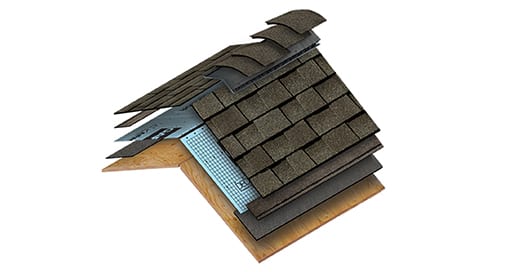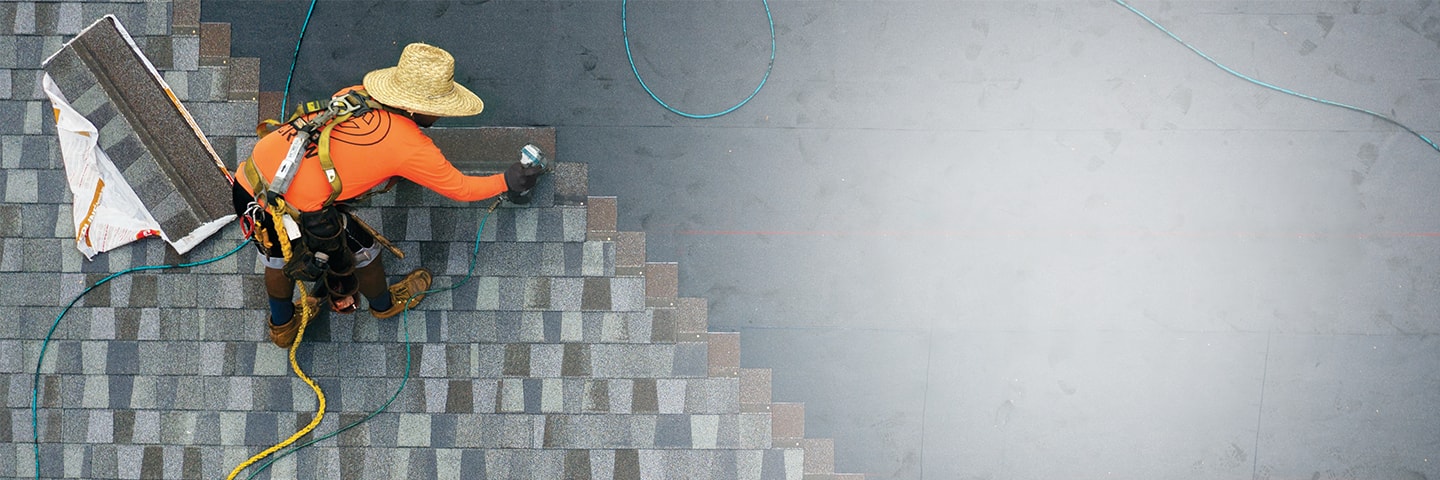Do I need a new roof?
Repair or replace?
If your roof isn’t very old and you spot a few loose or damaged shingles, you may be able to just replace them. But for broader or more extensive damage, it may be time for a new roof. The key is a regular roof inspection so you know what’s going on up there.
What roof damage looks like
Roof damage comes in all forms. Know what to look for.


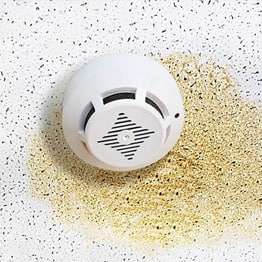
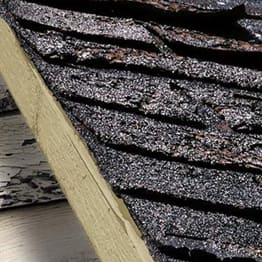
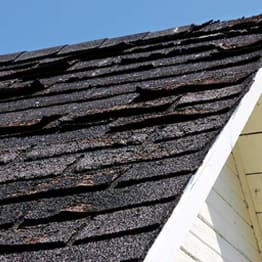
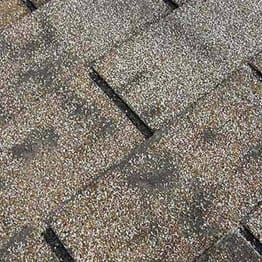
How to do roof inspection
Conducting routine inspections of your roof — especially if you live in an area that experiences extreme weather — can help you prevent exterior damage from creating interior problems.
Start inside
- Look around your attic for signs of leaks, dark spots, holes, or sagging sheathing
- Check your ceilings for stains, mold or mildew
Step outside
If you’re comfortable climbing a ladder, you can see your roof up close. If not, you can do a relatively thorough inspection from the ground, using binoculars.
- Clean leaves and debris out of gutters and downspouts, check them for sagging or leaks
- Look in hidden areas, like the underside of eaves and fascia — the board that connects the roof to the outer walls of your house — for rotting or signs of animal infestation
Head to the street
- From this distance, look for dark spots, missing shingles or sagging
- See if the exterior paint is blistering or peeling
- If you live in an area with icy or snowy winters, keep an eye out for ice dams — ridges of ice that form at the edge of your roof — because if water can’t drain off the roof, it may leak into your home
Examine the roof
- Check for cracked, torn, warped or missing shingles and popped or rusted nails
- Look for open seams or joints and make sure roof vents aren’t covered or clogged
- Note areas that sag or appear unsound
- Make sure pipes and roof penetrations, like your chimney or skylights, are sealed and don’t have any exposed nails
- Make sure flashing, which is used to seal joints and keep water off of them, is not damaged or providing inadequate coverage
Keep an eye on your roof
- Know how old your roof is. If you didn’t install it and you’re not sure, check the inspection report from when you purchased your home. You can also ask a roofing company or building inspector to look at the roof and estimate its age and condition.
- Spot-check your roof twice a year, once in spring, once in fall. Use a ladder to access it and look for trouble spots, but also check your attic for damage. Not feeling up to it? Reaching out to a professional roofing contractor for help inspecting is always the best option.
- Watch the homes around you — they experience the same weather yours does and were likely built around the same time. If your neighbors are getting new roofs, do a roof inspection to see if your home needs one too.
- After a significant weather event, like heavy winds or a hail storm, check for exterior damage as soon as it’s safe.
Impacted by a storm?
We’re here to help you through the storm with information on how to select the right contractor, tips on navigating insurance claims and a guide for your restoration process.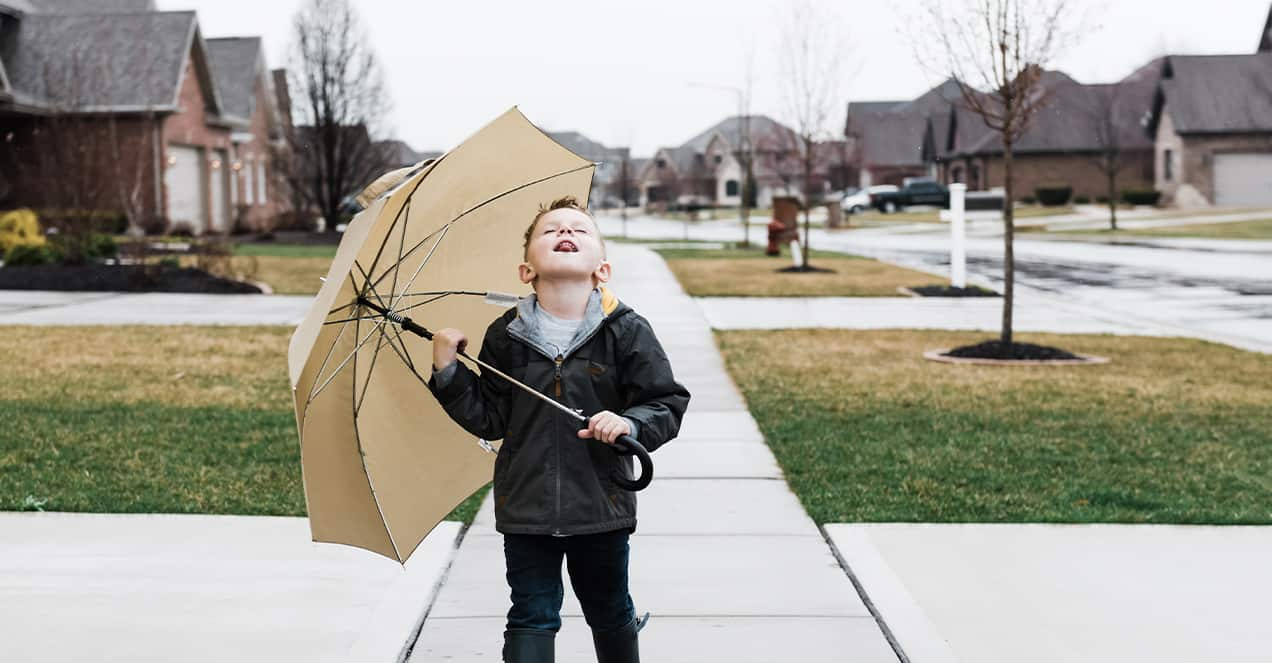
What Goes Into a Roof? See everything that goes into the roof over your head. Spoiler alert: It's a lot more than shingles. The GAF Lifetime Roofing System. Durable protection. Lasting beauty.
